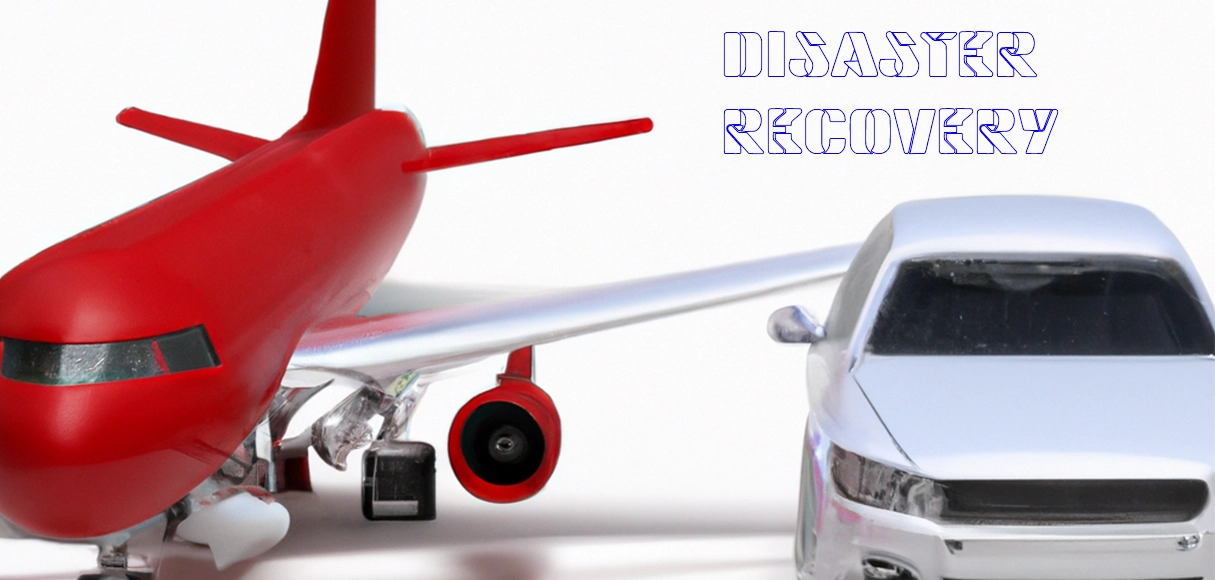Zone Redundant Storage (ZRS) Now Available on Azure Premium and Standard SSDs
Azure recently announced the general availability of Zone Redundant Storage (ZRS) for Azure Disk Storage on their Premium SSDs and Standard SSDs in regions Norway East and UAE North. What does this mean for businesses looking to bolster their disaster recovery strategy?
ZRS-enabled disks offer a synchronized data replication across three availability zones within a region. The significance? Your disks can now withstand zonal failures, ensuring your application remains operational without hitches. In layman’s terms, even if one of your storage zones faces an unforeseen issue, the other zones ensure data accessibility and continuity.
What’s more, the new ZRS feature negates the need for application-level replication across zones to ensure maximum VM availability. If you’re deploying clustered or distributed applications like SQL FCI, SAP ASCS/SCS, or GFS2, leveraging ZRS with shared disks will guarantee a higher availability rate.
The Essence of Disaster Recovery: Resilience and Restoration
One of the central takeaways from Derek Martin’s session at Techorama 2023 was the profound importance of resilience in disaster recovery. It’s not just about reviving services post a catastrophe but constructing an infrastructure robust enough to prevent or minimize the impact of unplanned events.
Remember, disaster recovery is all about restoring normalcy after any disruption. Your disaster recovery strategy should pivot on this fundamental principle.
Geo-Replicate with Azure Backup for Enhanced Data Safety
Azure Backup offers a nifty feature for those looking to add an extra layer of security to their data: geo-replication. This allows users to create consistent backups across multiple VM disks, with an added ability to replicate these backups across regions.
However, there’s a catch. To benefit from this, one has to select the geo-replicate option for their backup vault during its creation. This means planning ahead and not waiting for an emergency to strike.
A Word of Advice: Be Proactive, Not Reactive
It’s crucial to understand the stakes at hand. As Derek Martin aptly pointed out: if you’re designing an aircraft, its continuous operation is vital, as lives are at stake. Conversely, with a vehicle, a malfunction might just mean a delayed appointment.
The lesson? Understand the gravity of your project and set up your disaster recovery mechanisms accordingly. Don’t wait for a crisis to scramble for solutions.
In conclusion, as businesses increasingly shift to cloud-based solutions, understanding the nuances of disaster recovery becomes pivotal. With innovations like ZRS on Azure and insights from experts like Derek Martin, we’re better equipped than ever to safeguard our digital assets against unforeseen challenges. Remember, in the realm of disaster recovery, it’s always better to be proactive than reactive.
